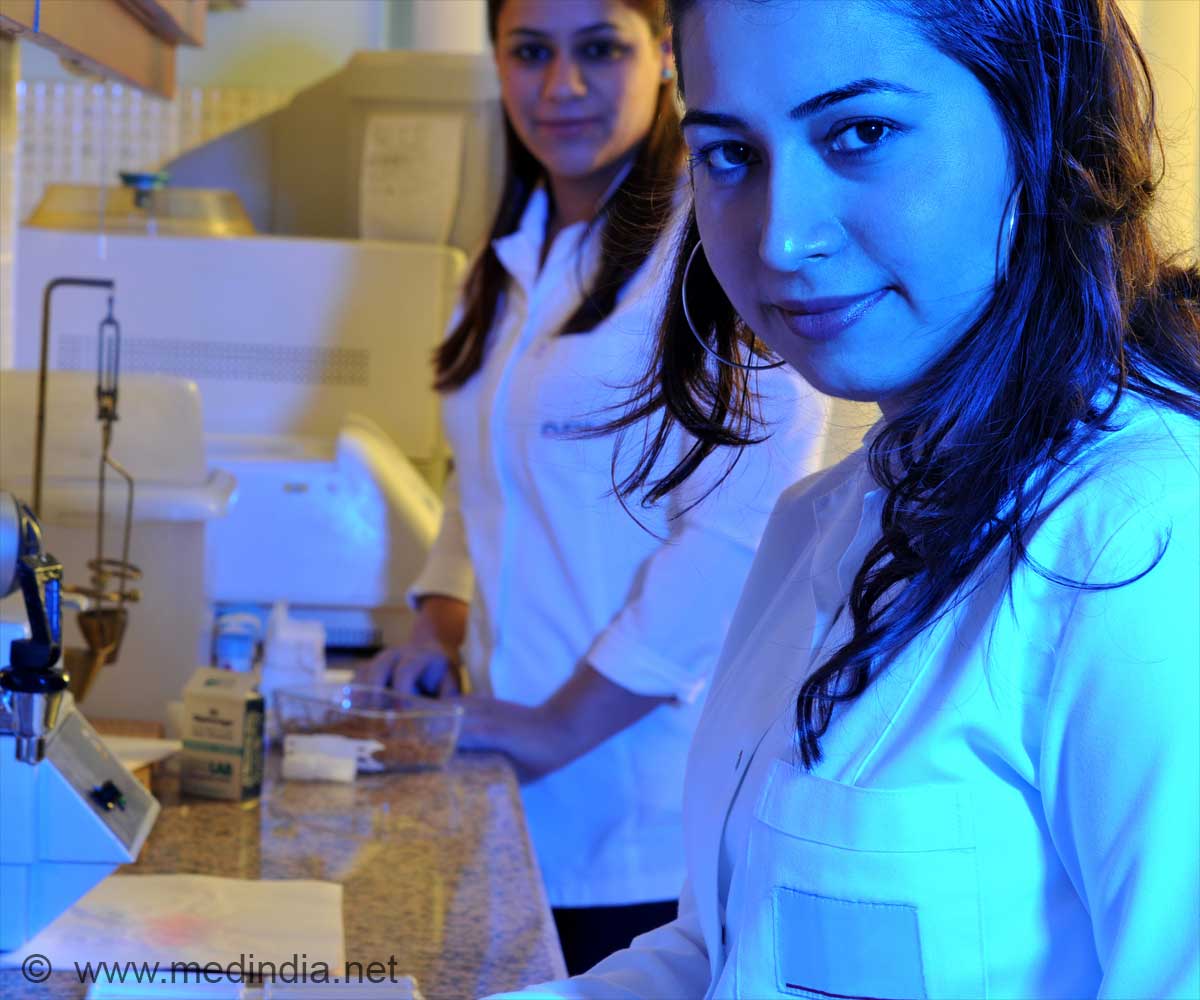Professor Pierscionek, Deputy Dean (Research and Innovation) for the Faculty of Health, Education, Medicine and Social Care and member of the Medical Technology Research Centre at ARU, said:
The research work shows the sophisticated optics of the lens develops much earlier in
(time between conception and child birth) than has previously been thought possible.
The research team of international scientists, led by Professor Barbara Pierscionek of Anglia Ruskin University (ARU) is the first in the world to measure how the optics in the lens develops. Their project was presented at the Association for Research in Vision and Ophthalmology (ARVO) annual meeting.
The most precise measurements on optics of the lens were made by researchers at SPring-8, the most powerful synchrotron in Japan. The synchrotronis a particle accelerator that produces powerful X-rays by accelerating electrons to the speed of light. The X-rays allow measurements to be taken with increased accuracy yet on optical properties of the eyes.
These findings show that aquaporin proteins conduct water passage in the lens are important for good quality of vision.
Future research on the aquaporin proteins using nanotechnology can make drug-based therapy for cataracts to lessen the burden of surgery on many people and provide vision.
How to Prevent Cataract?
Though no natural cure for cataracts exists until now, some healthy lifestyle practices may help with cataract prevention, including:
- Regular eye examinations
- Say no to alcohol and smoking
- Manage related health problems (for example diabetes may increase cataract risk)
- Increase the intake of fruits and vegetables, especially dark, leafy greens like spinach, kale etc
- Avoid exposure to ultraviolet light, wear sunglasses
- Avoid strain to the eyes by using brighter and better lighting while at work
References :
- Cataracts – (https://www.mayoclinic.org/diseases-conditions/cataracts/symptoms-causes/syc-20353790)
- At a glance: Cataracts – (https://www.nei.nih.gov/learn-about-eye-health/eye-conditions-and-diseases/cataracts)
Source: Medindia



